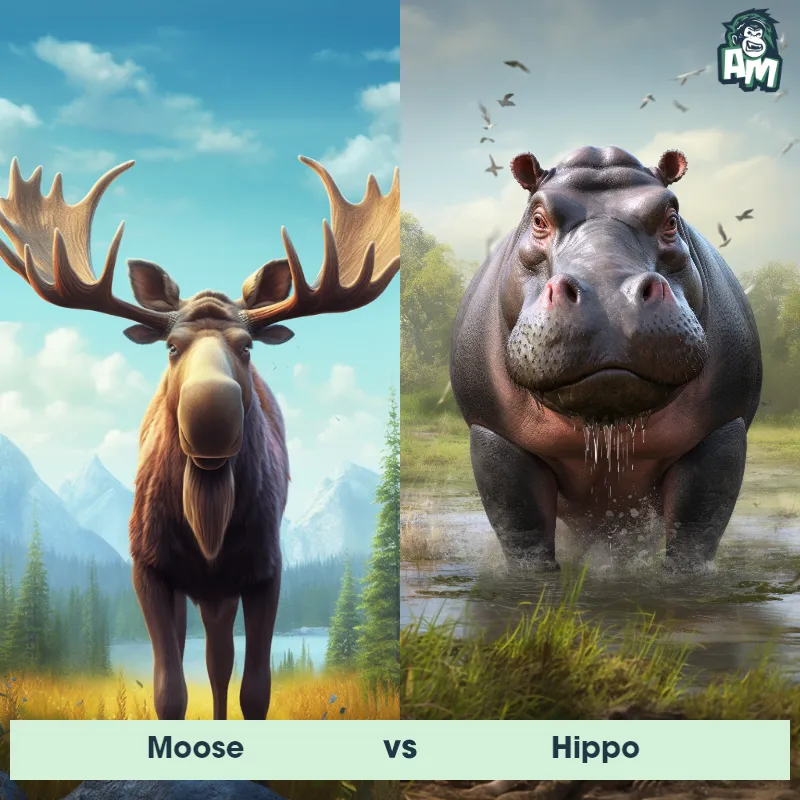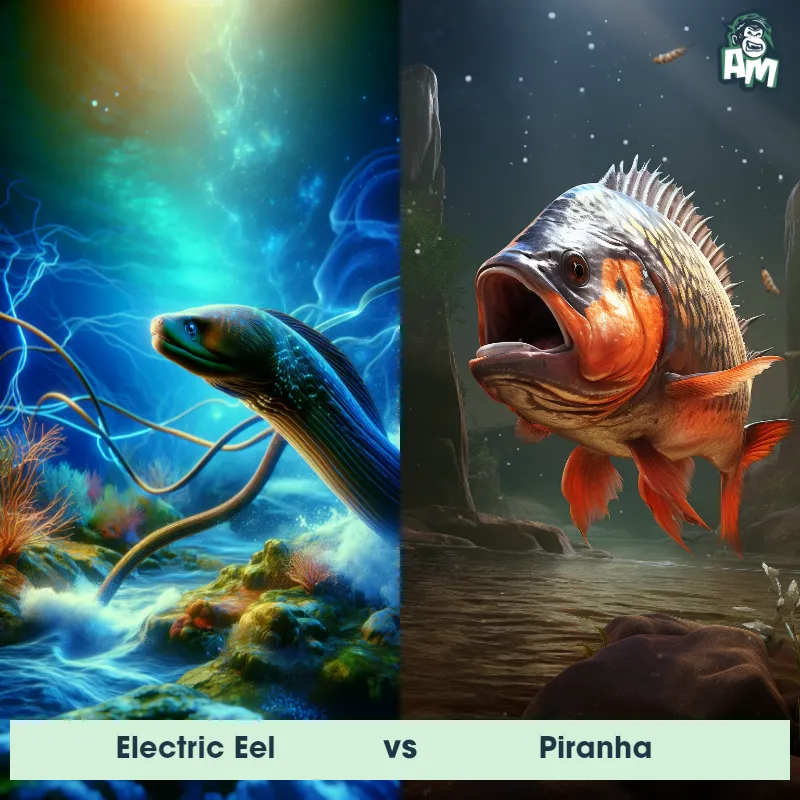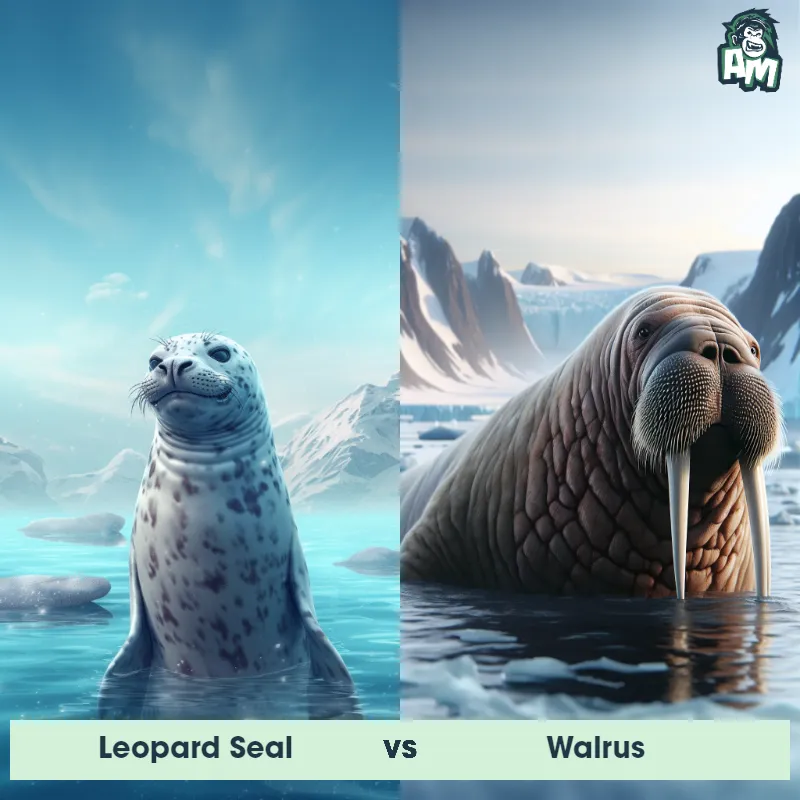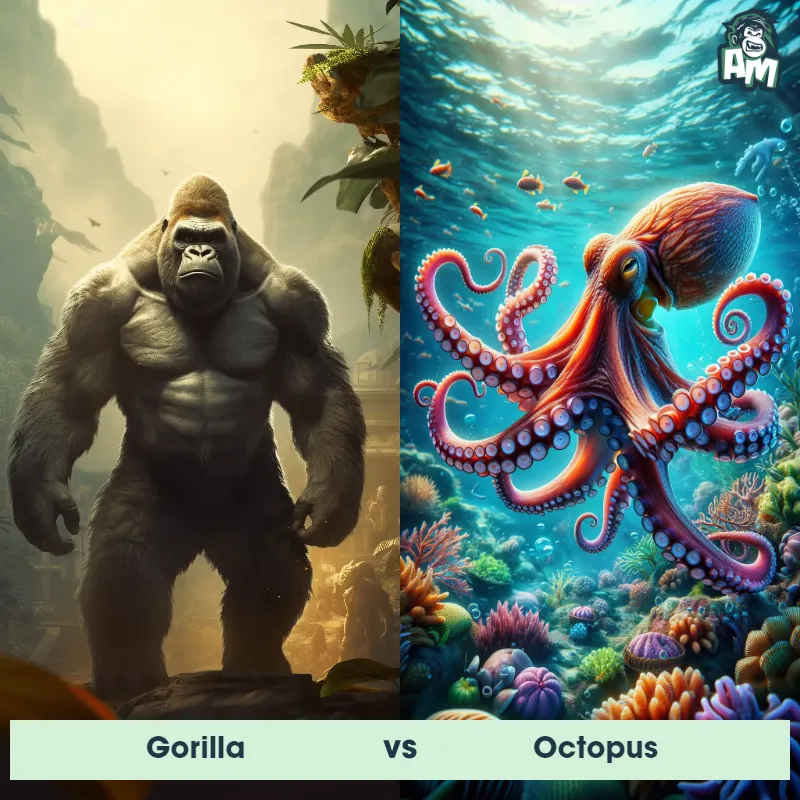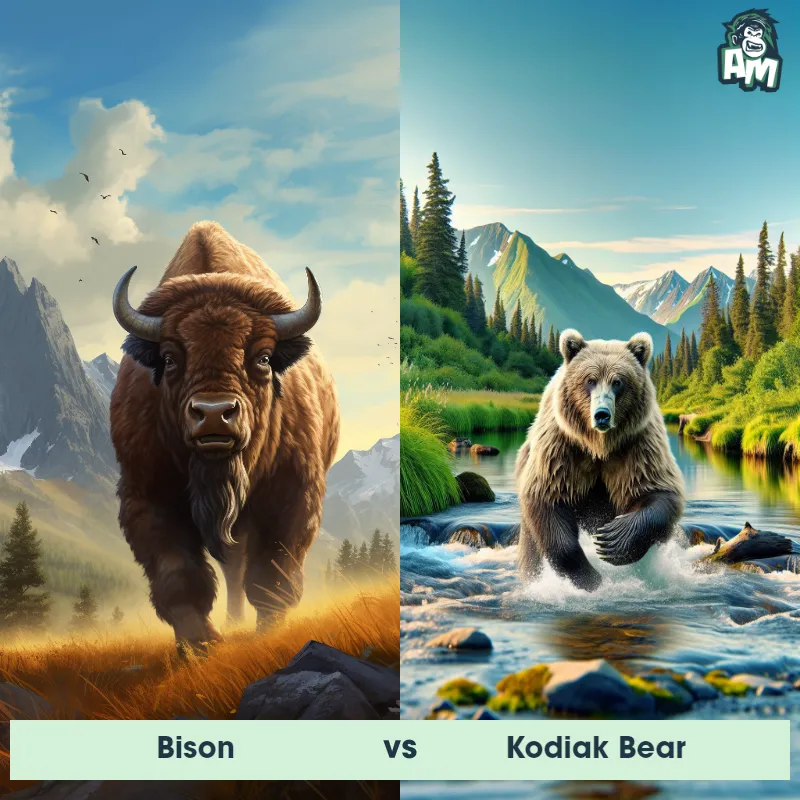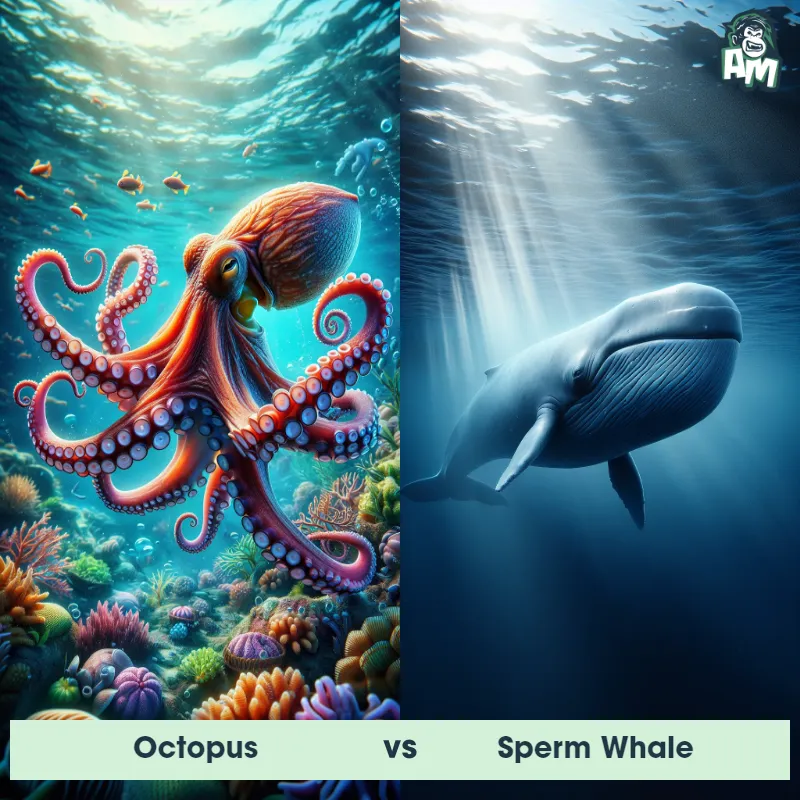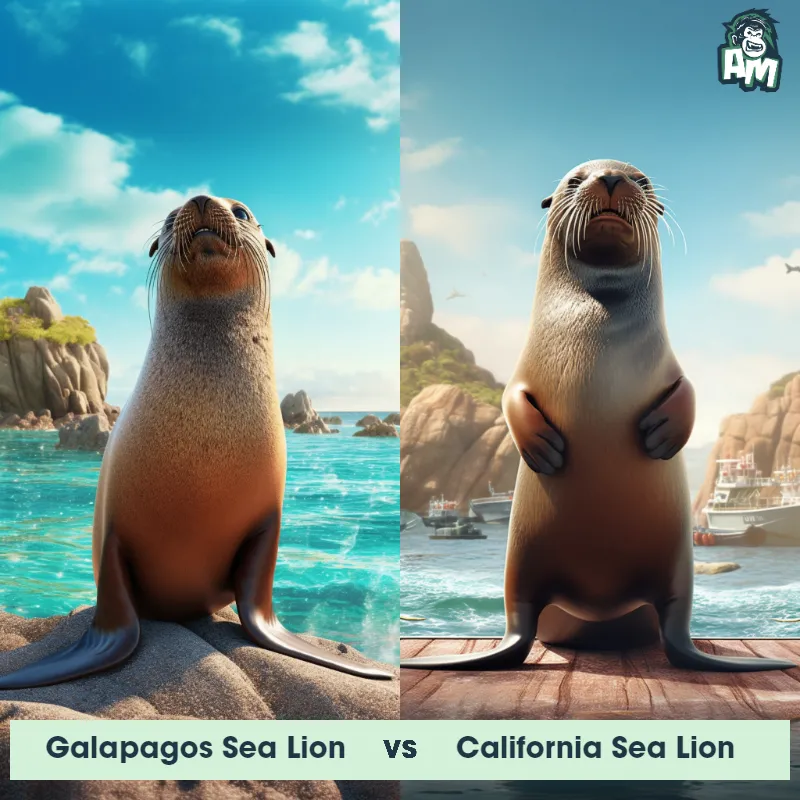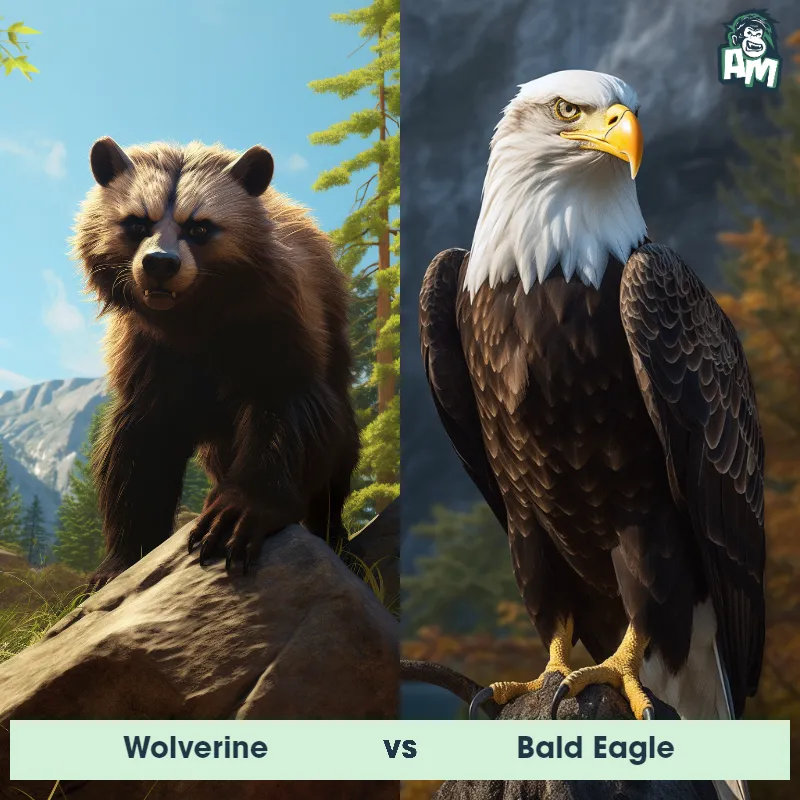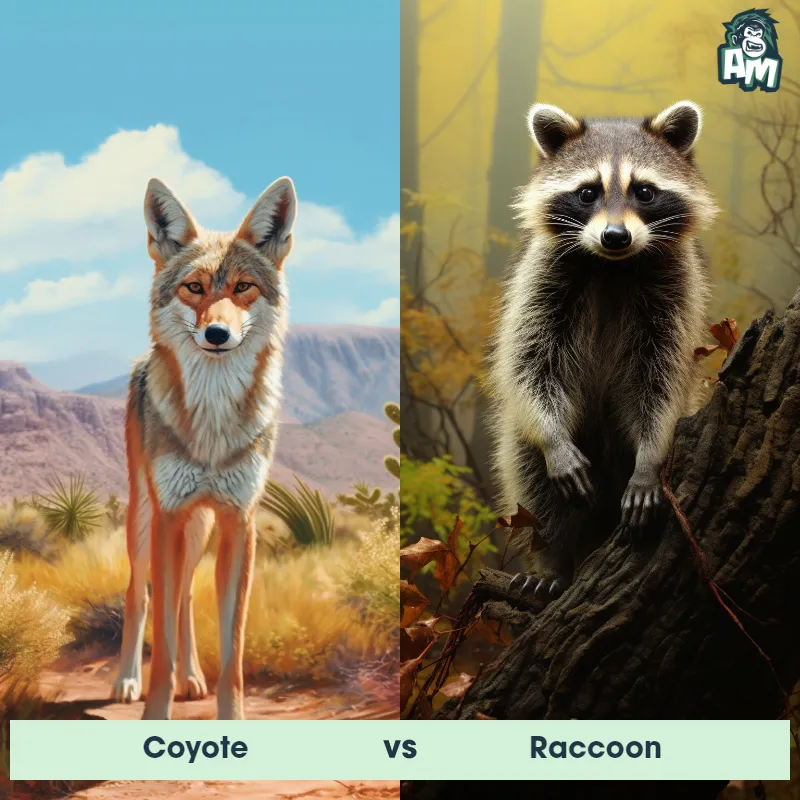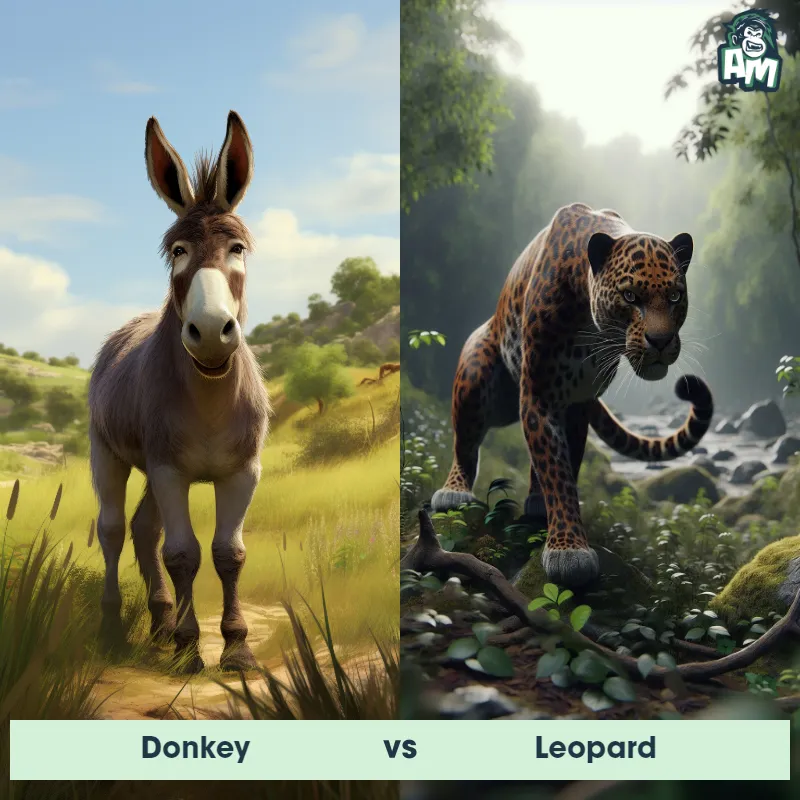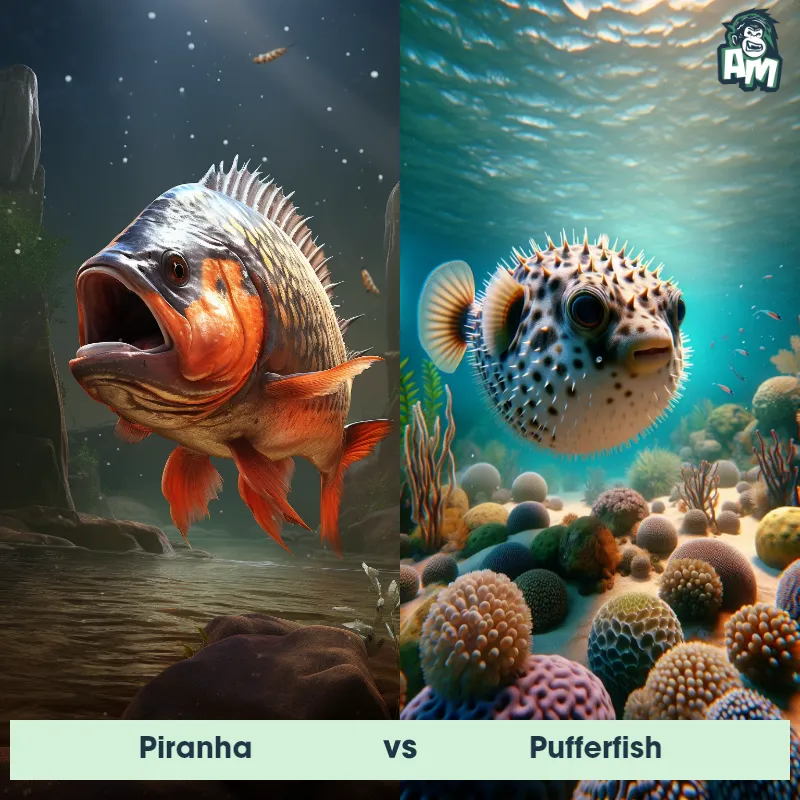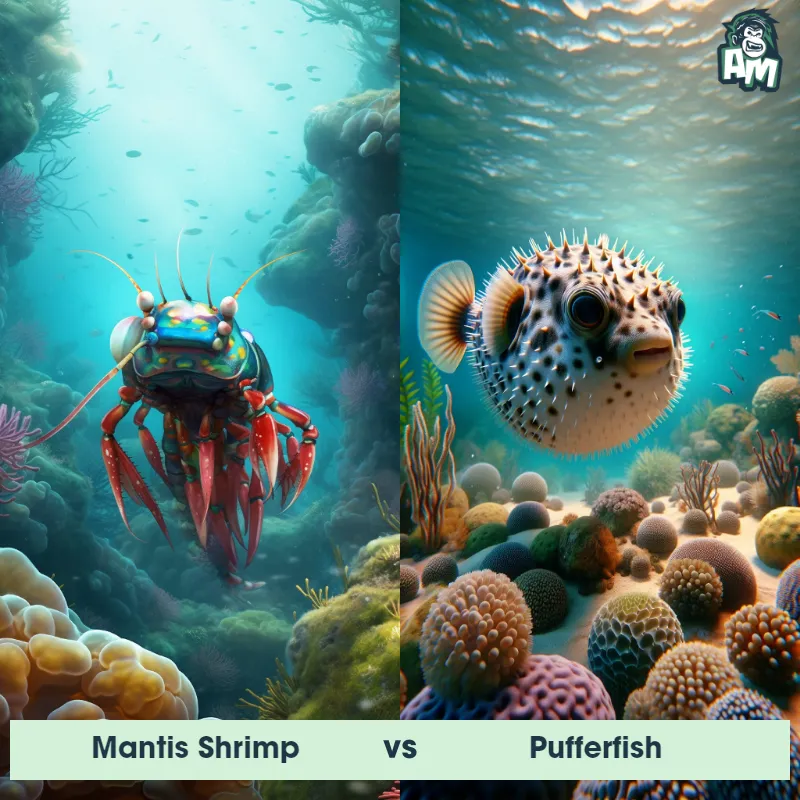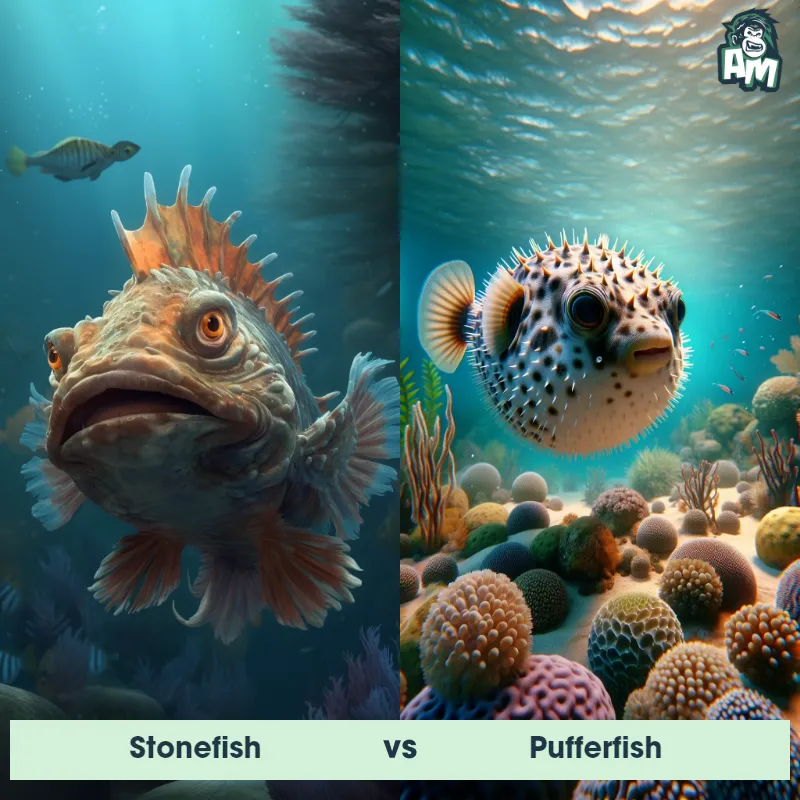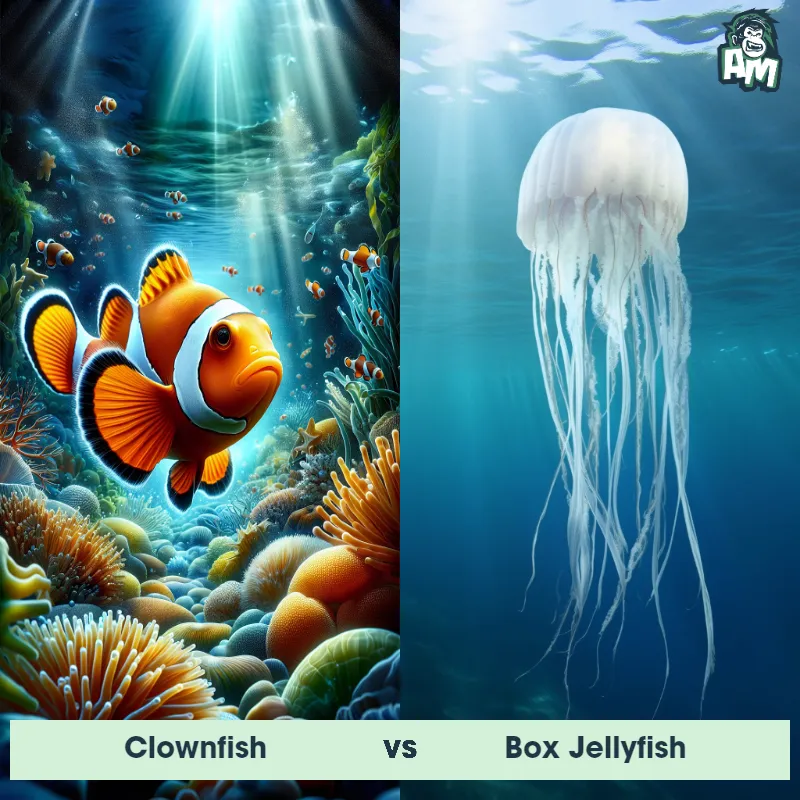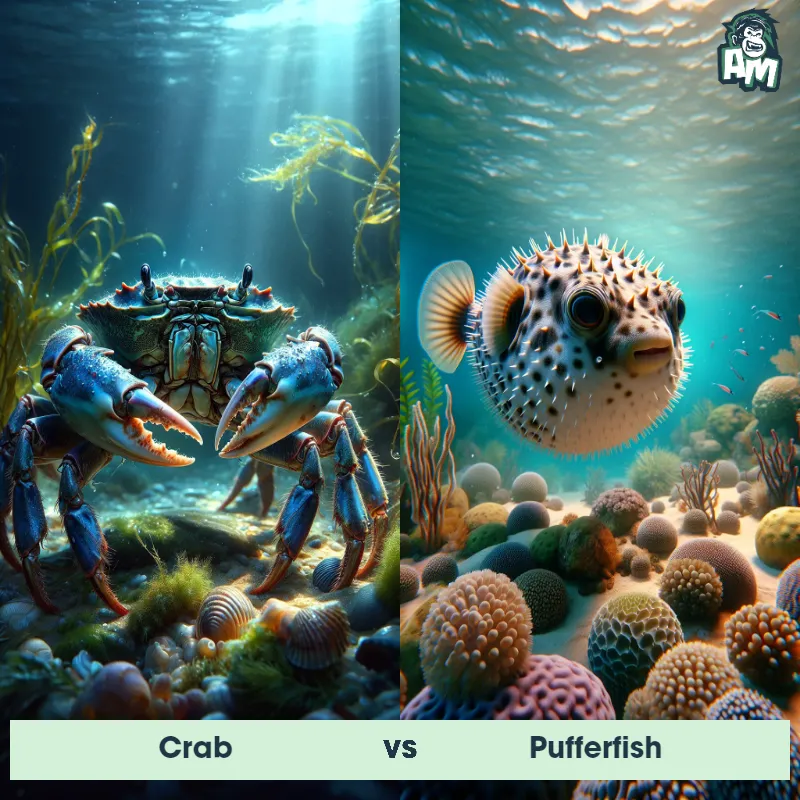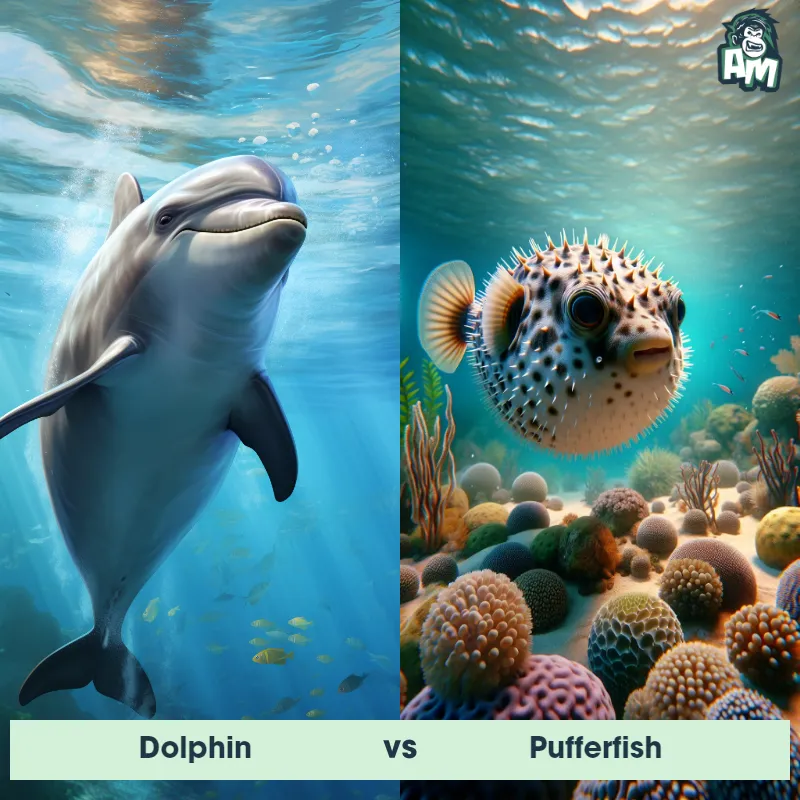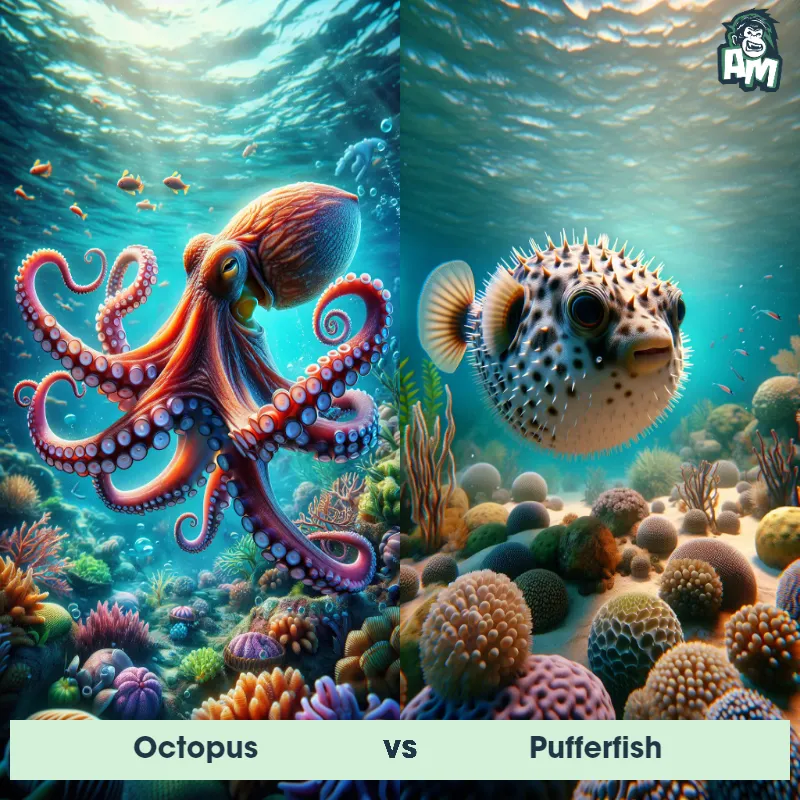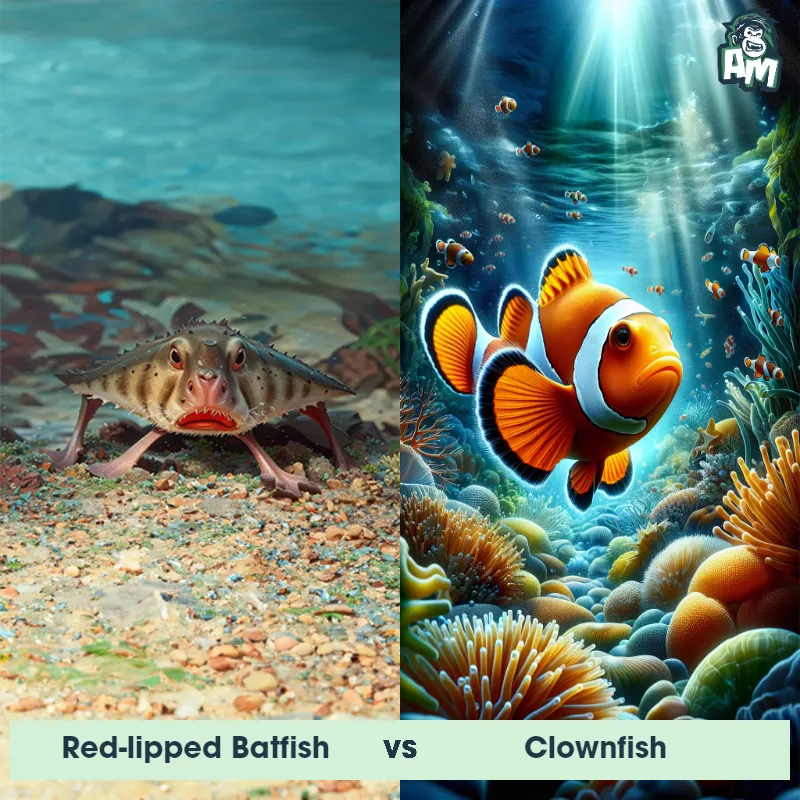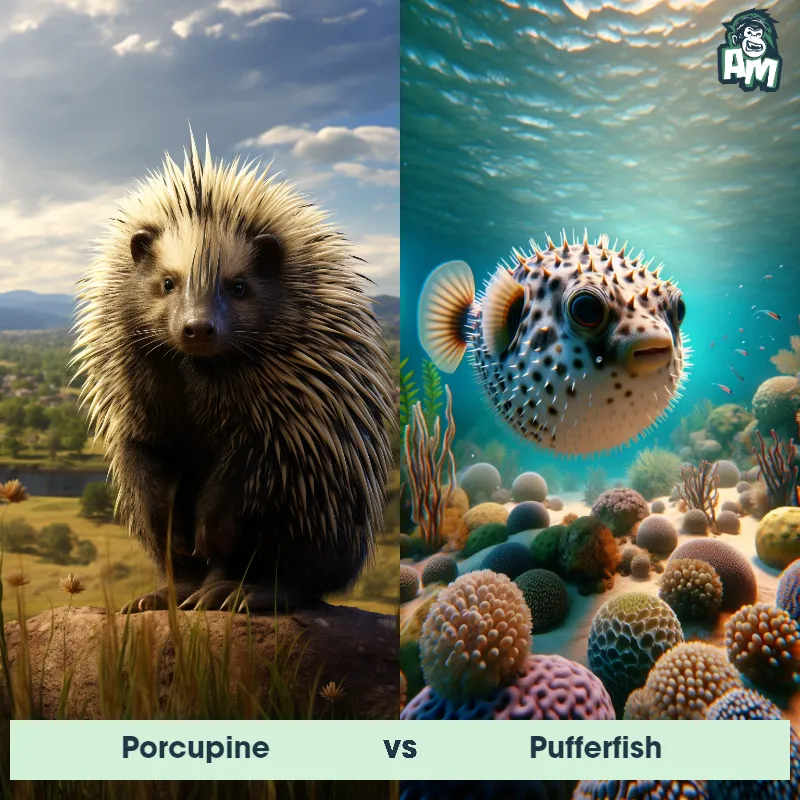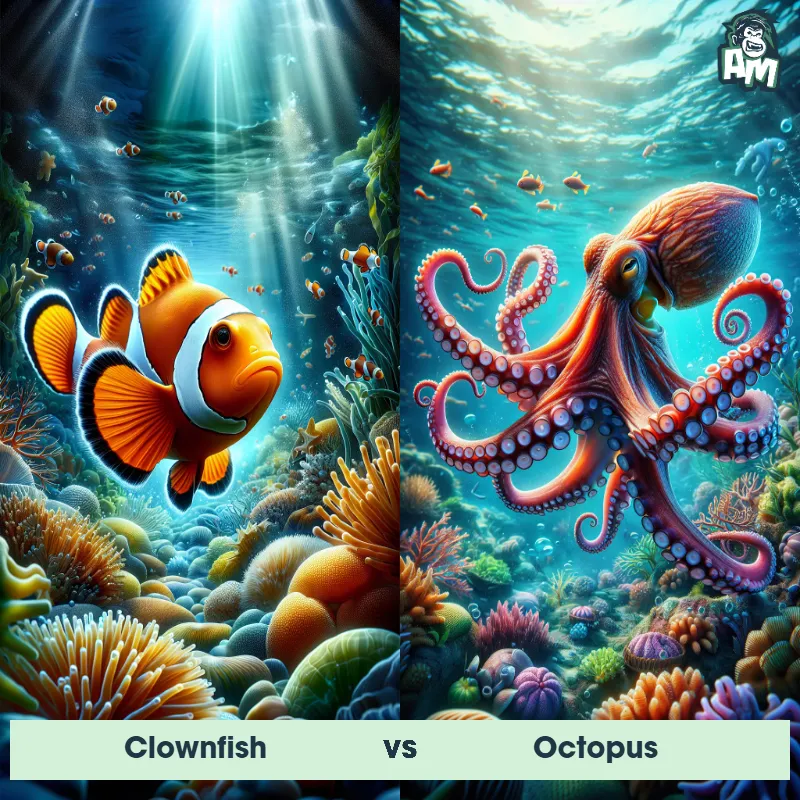Clownfish vs PufferfishSee Who Wins

Ladies and gentlemen, welcome to this unique matchup between a Clownfish and a Pufferfish! These two underwater competitors are ready to go head to head in a battle for dominance. Let's see who will come out on top in this three-round fight!
Contender 1: Clownfish
Fun Fact:
Contender 2: Pufferfish
The Pufferfish, also known as blowfish or fugu, is a unique and intriguing fish species found in various oceans around the world. These small to medium-sized fish are famous for their ability to inflate themselves like a balloon when threatened or stressed. They have a distinct body shape with a round, stocky body, a small tail, and a protruding mouth. Pufferfish are covered in spines and have a rough, scaleless skin. They come in an array of colors and patterns, including yellow, brown, green, and black. Pufferfish are known for their slow and clumsy swimming style, and their average size ranges from a few inches to a couple of feet.
Fun Fact: One interesting fact about Pufferfish is that they have the ability to puff themselves up by ingesting large amounts of water or air, which makes them appear much larger and more threatening to predators.
Matchup Stats
| Clownfish | Pufferfish | |
|---|---|---|
| Size | 2 to 5 inches (5 to 13 cm) | Varies from a few inches to a couple of feet (5-60 cm) |
| Weight | Varies, but typically less than 1 pound (less than 0.5 kg) | Varies depending on species, can range from a few ounces to several pounds (100g-2kg) |
| Speed | 1.5mph (2.41km/h) | 1mph (1.6km/h) |
| Key Strength | Agile swimmers and good at defending their territory | Inflation and spines for defense |
| Biggest Weakness | Relatively small size and lack of physical aggression | Limited mobility and slow swimming speed |
Current Votes
Clownfish vs Pufferfish
See Who Wins
View More Matches
Looking For More?
Similar Matches
Scientific Stats
| Clownfish | Pufferfish | |
|---|---|---|
| Scientific Name | Amphiprioninae | Tetraodontidae |
| Family | Pomacentridae | Tetraodontidae |
| Habitat | Coral reefs, lagoons | Coastal waters, coral reefs, and estuaries |
| Geography | Indo-Pacific region | Found in oceans worldwide, primarily in tropical and subtropical regions |
| Diet | Omnivorous, eats small crustaceans, algae, and plankton | Mostly herbivorous, but some species also eat small invertebrates and crustaceans |
| Lifespan | 7 years - 10 years | 3 years - 5 years |
Key Differences between Clownfish and Pufferfish
- Color: Clownfish typically have bright orange bodies with white stripes, while Pufferfish have a more varied color palette including yellow, green, and brown patterns.
- Body Shape: Clownfish have a streamlined body with a slightly flattened shape, whereas Pufferfish have a rounder, more inflated appearance due to their ability to fill their bodies with water or air.
- Size: Clownfish are generally smaller in size, reaching up to 4 inches in length, whereas Pufferfish can grow much larger, some species reaching over 2 feet in length.
- Fins: Clownfish have prominent dorsal and anal fins that are used for propulsion, while Pufferfish have smaller fins that are often used for steering rather than swimming.
- Habitat: Clownfish are typically found in coral reefs and lagoons, where they seek shelter in sea anemones, while Pufferfish can be found in a wider range of habitats including reefs, mangroves, and open ocean waters.
- Patterns: Clownfish have distinct patterns of stripes and spots on their bodies, while Pufferfish may have intricate patterns of lines and dots that help with camouflage.



